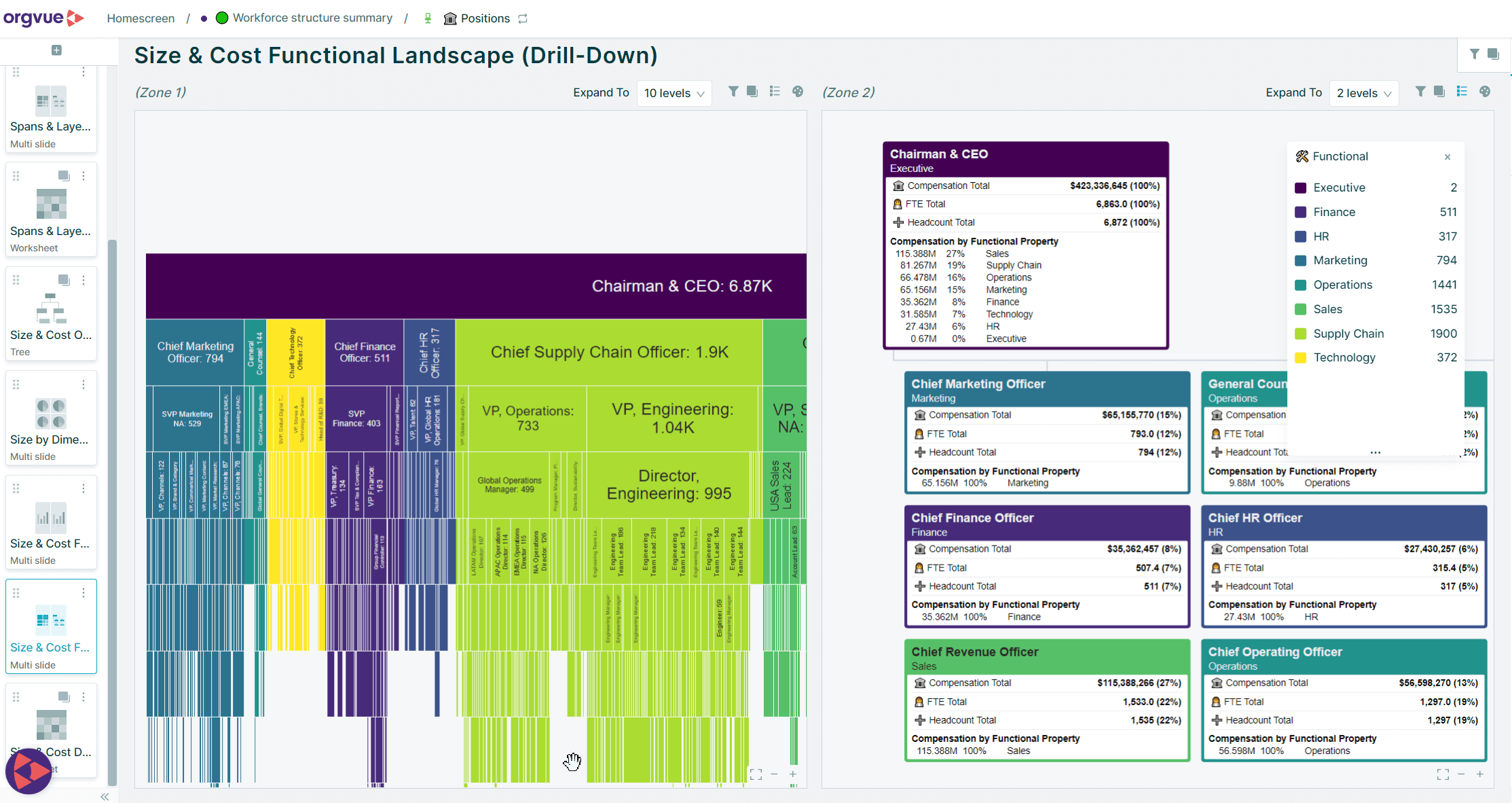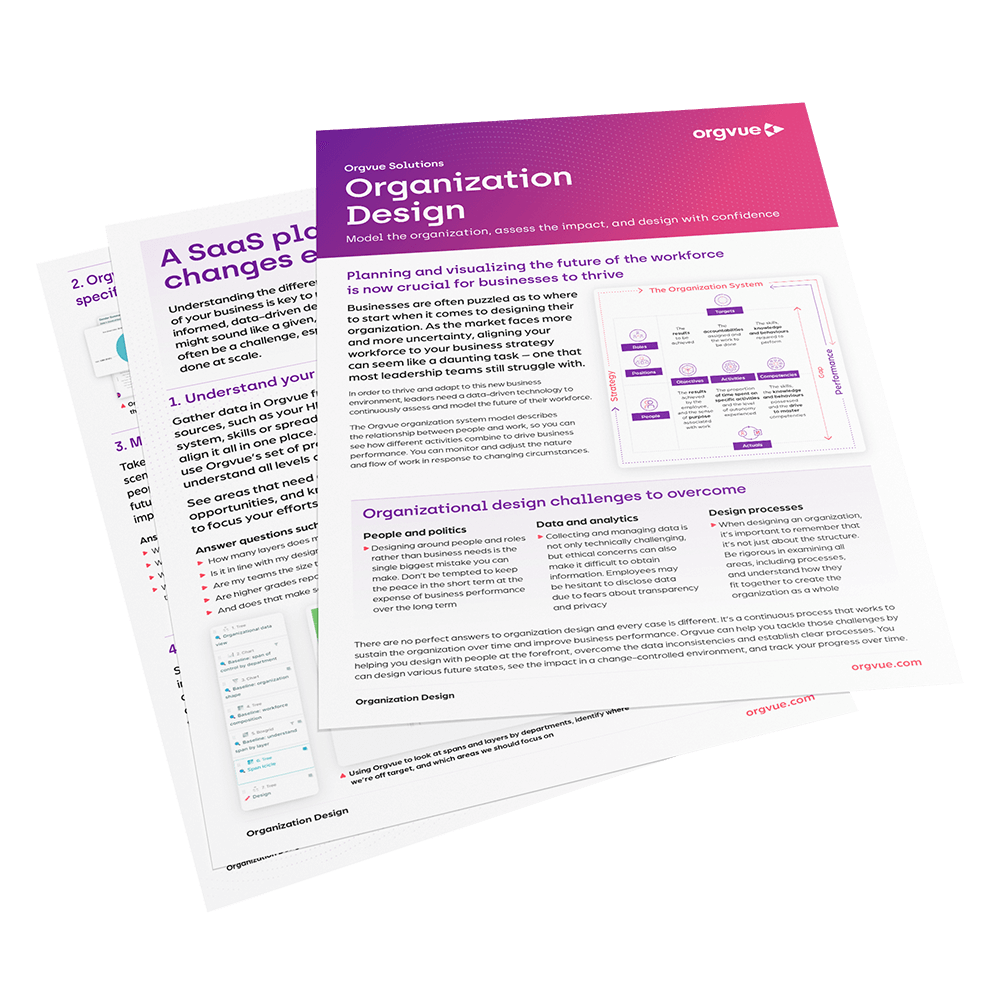The essential guide to organizational design
From humble beginnings in HR, organizational design is fast becoming a survival strategy for every business, no matter how large or small. Economic uncertainty, market disruption, geopolitical instability, and changing consumer behavior mean that businesses are constantly under threat. So much so that experts predict 50% of companies listed in the S&P 500 will disappear within 10 years.
Organizations can no longer afford to rely on opinion and gut instinct to make decisions about their future. They can no longer afford to take six months to plan their workforce every three to five years. It’s now essential to design based on data and to plan continuously if businesses are to survive.
What is organizational design?
Organizational design is the discipline of shaping an organization to better achieve its business strategy and objectives by aligning its people and the skills they have with the work they do.
It involves designing how jobs, roles, and responsibilities are distributed throughout the organization. This includes determining who reports to whom, who is responsible for what tasks, and how the flow of authority and information travels across different levels and departments.
Organization design is also about designing a structure that aligns with a company’s mission, encourages collaboration, unlocks adaptability and enables efficient achievement of goals. It’s about creating a well-organized, interconnected, and purpose-driven environment which brings success and effectiveness to the forefront.
“The objective of organization design is to ensure organizations have the right people, with the right skills, doing the right work in the right way in the right numbers with real alignment to achieve strategic objectives” Rupert Morrisson, Data-Driven Organization Design

Organizational design is driven by the business strategy and operating context, and requires holistic thinking around systems, structures, people, performance measures, processes, culture, and skills.
Naomi Stanford, Organization Design Consultant
Rethinking organizational structure and business planning
Adapt
Research has shown that even the best business forecasters are unable to plan reliably more than 400 days out. Businesses must now find a way to adapt quickly to change, make fast decisions and plan continuously using accurate, consistent data.
Agile
Instead of working to a 3-year plan, organizations will need to become more agile in how they respond to uncertainty and change. They’ll need to get used to continuously adjusting their business plans in shorter and shorter cycles.
Advance
This is where organizational design takes on new importance. Until now, structuring an organization has assumed a certain predictability in market behavior. Today those assumptions have all but disappeared.
The time to fundamentally rethink organizational structure has come. Being able to design your organization and plan your workforce as an interconnected, cyclical process is now the only option.
Where does organizational design go wrong?
As companies develop and grow, systems and processes become more complex and can fall out of alignment with business strategy. Consequently, those organizations that don’t continuously monitor business performance are likely to experience a number of problems:
- Dysfunctional workflows that stall or break down
- Siloed, fragmented workloads with low quality output
- Duplication or redundancy of activities
- Poor accountability for activities and delays in decision making
- Poor information and lack of authority to solve problems as they arise
- Lack of trust between managers and employees
These problems are all symptomatic of underlying causes related to organizational design.
Organizational design challenges
Designing organizations is always difficult because you’re dealing with a moving target. Whatever changes you make will have a ripple effect on your company’s ability to pursue its strategy. This ‘connectedness’ gives rise to a number of design challenges and pitfalls that can be grouped as follows:
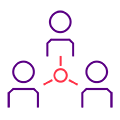
People and politics
Designing around people and roles rather than business needs is the single biggest mistake you can make. Don’t be tempted to keep the peace in the short term at the expense of business performance over the long term.
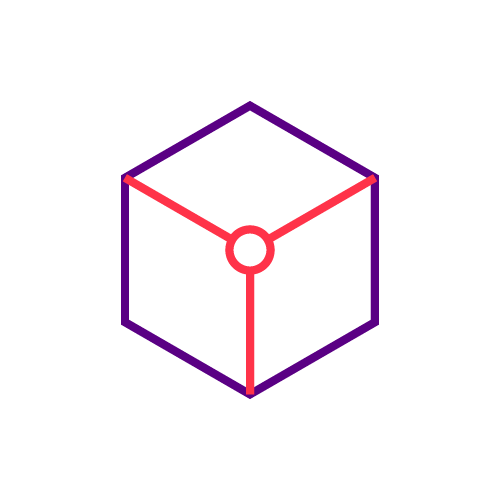
Data and analytics
Aside from the technical challenge of collecting, merging, structuring, cleaning, and storing data, obtaining information can be difficult for ethical reasons. Employees may be fearful of data transparency and resist disclosure. This challenge will take time to overcome and relies on trust and behavior change.
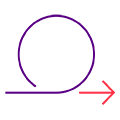
Design processes
Organization design is about more than just structure, so make sure you apply the same rigor to all areas. Don’t just focus on org charts, be clear on the processes that make up the organization as a whole and understand how they connect.
There are no perfect answers to organizational design and every case is different. It’s a continuous process that works to sustain the organization over time and improve business performance.
Organizations are connected, living systems
Underpinning successful organizational design is the idea that organizations are connected systems and not static structures drawn on paper. They are complex organisms with many moving parts that are constantly changing and evolving, and that are dependent on the ecosystem in which they exist.
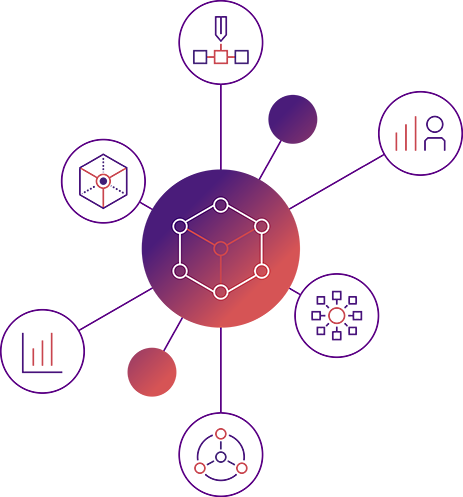
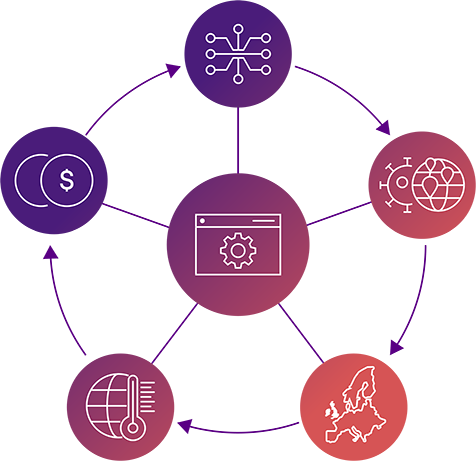
System visualization
Demonstrating that the effectiveness of organization systems is greater than their component parts isn’t difficult. What’s challenging to understand is exactly why this is. And to do that, you need to be able to visually represent those systems with data.
Orgvue uses a conceptual model to describe the relationship between people and work, so you can see how different activities combine to drive business performance. The model enables you to monitor and adjust the nature and flow of work in response to changing circumstances.
The organization as a system
This model is different from others in that it breaks down the organization system using data points to deconstruct people, roles, and positions, as well as enabling gap analysis aimed at optimizing the system.
You begin by associating individuals with positions, which are grouped by role. For example, you may have several sales managers (role) for different regions (positions). This relationship helps to quantify the workforce demand of the business over time, which can then be compared with the supply that the current workforce represents.
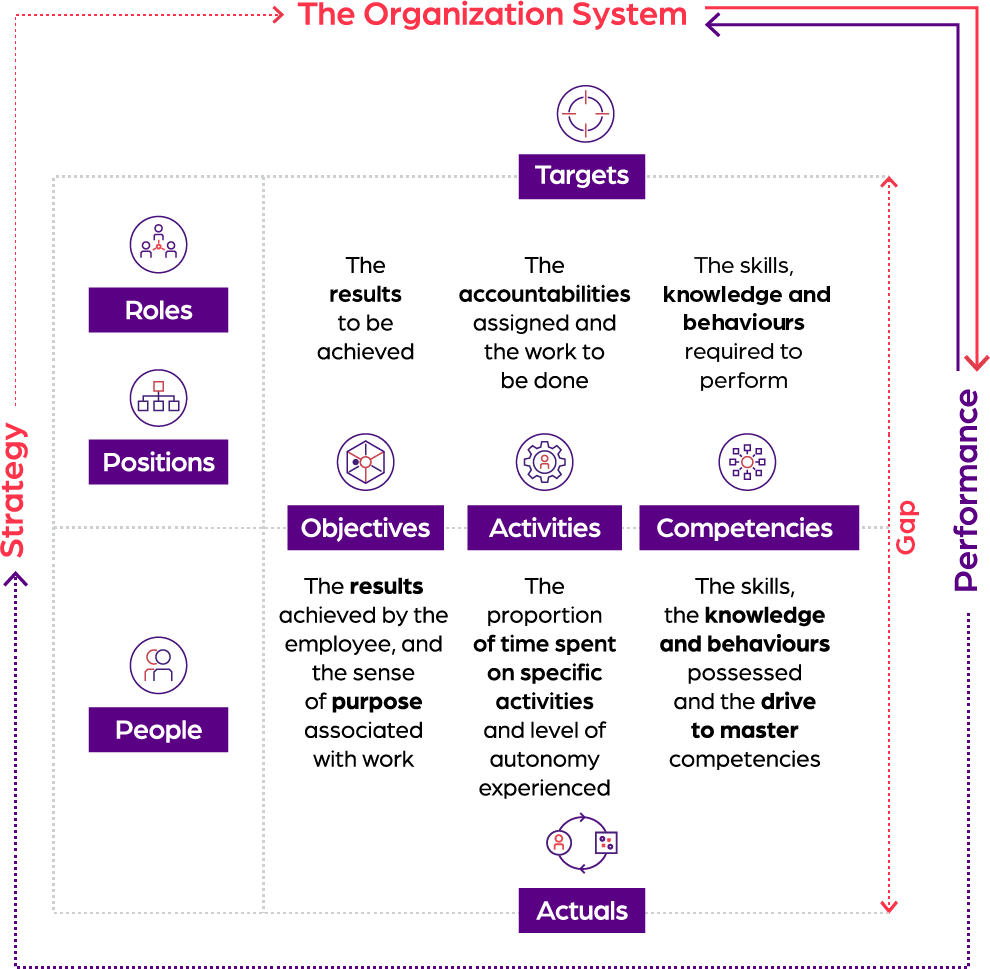
Benefits of data-driven organizational design
Once you have an indication of the gap between supply and demand, you can begin breaking down roles into the processes and activities (in other words, the work), alongside the skills and competencies needed to do that work. Using accountability metrics, this allows you to measure how effectively the work is organized and distributed.
Your business is then in a position to monitor workforce productivity using associated data points to check that work isn’t being duplicated, trim back work where too much effort is being invested in particular activities, and redirect effort elsewhere when needed. Importantly, it also means the financial impact of any changes can be tracked.
This is far more insightful than tracking salary costs across the workforce, for example, which doesn’t tell you the financial contribution the workforce is making, only how much it’s costing you. By shifting focus to the work, you can quantify the value that your workforce delivers.
3 steps to organizational design
Designing an organization that’s more responsive and resilient to unforeseen changes calls for a more precise understanding of your organization as it is today. Design methodology considers activities (work), competencies (knowledge and skills), roles (to complete the work), and human capital (people with the right competencies) needed to fulfill positions and meet objectives (targets).
Broadly speaking, there are three steps to successful organizational design. You begin with the big picture, then go into the practical detail, and finally focus on putting the design into practice. Then it’s a case of continuously repeating that cycle by tracking and monitoring progress. Organizational design, like workforce planning, is a habit, not a one-time event:
1
Macro design
In Organization design, macro design refers to the higher-level, strategic considerations and decisions that shape the overall structure and framework of an organization.
2
Micro design
This is all about the detail. You need to understand what roles you have, the rationale for those roles, and the activities that each role and position is responsible for.
3
Design in practice
Going from micro design to implementation is an iterative process. You won’t get micro design entirely right the first time but that’s better than doing no micro design at all.
Continuous design
Once you’ve completed the design work, shift your focus to continuously tracking and monitoring your organization’s performance against your business strategy and objectives. At this point, it’s about bringing everything back to the macro level, so you can appreciate the direction of travel, what you’ve achieved, and what lessons can be learned.
Find out more about Orgvue’s organizational design software
Solution brief
Organizational design
Planning and visualizing the future of the workforce is becoming crucial for businesses to thrive. Read the Organizational Design Solution Brief to learn how Orgvue can help you to model your organization, assess the impact and design with confidence.
- 3 key challenges of organizational design you will need to overcome.
- A SaaS platform that changes everything – and how
- A customer story of successful organizational design with Orgvue
Organization design self assessment
In only one minute see your company’s capability compared with our industry benchmark in your free report with hints, tips, and recommended next steps.
More organizational design resources
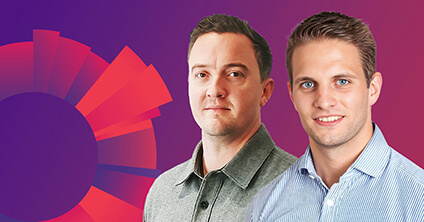
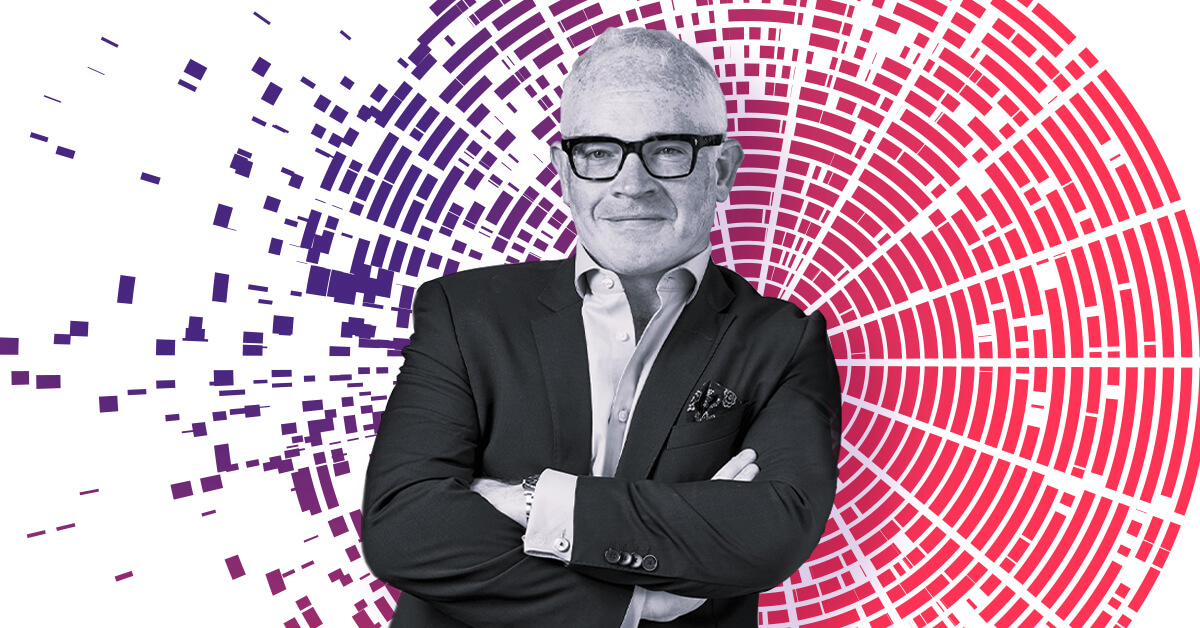
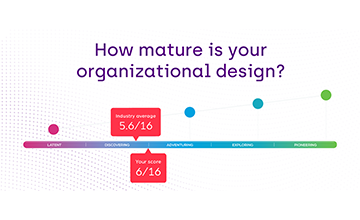
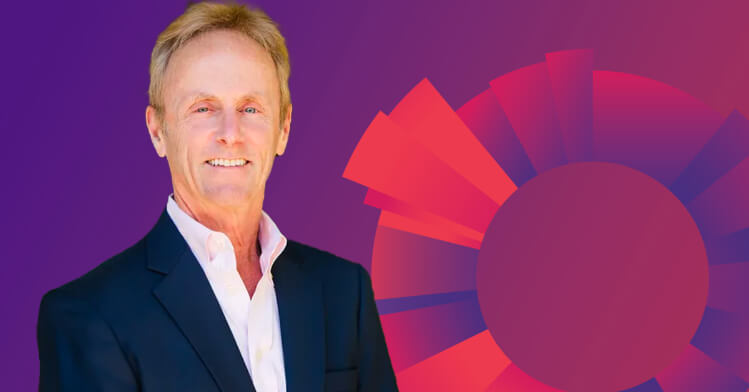

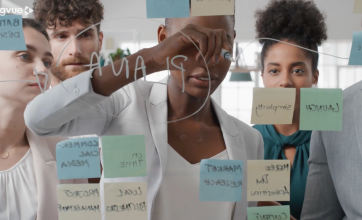
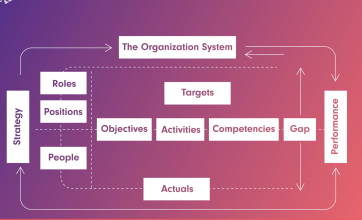

On-demand video
Design your organization to thrive
Design to thrive. Learn how to design with confidence to bring the best out of your business. 30 minute viewing time.
- Learn how to address the main challenges in organization design
- Learn from real life examples, and practical demonstrations
- Meet Orgvue organizational design consulting experts Gareth O’Reilly and John Lyon
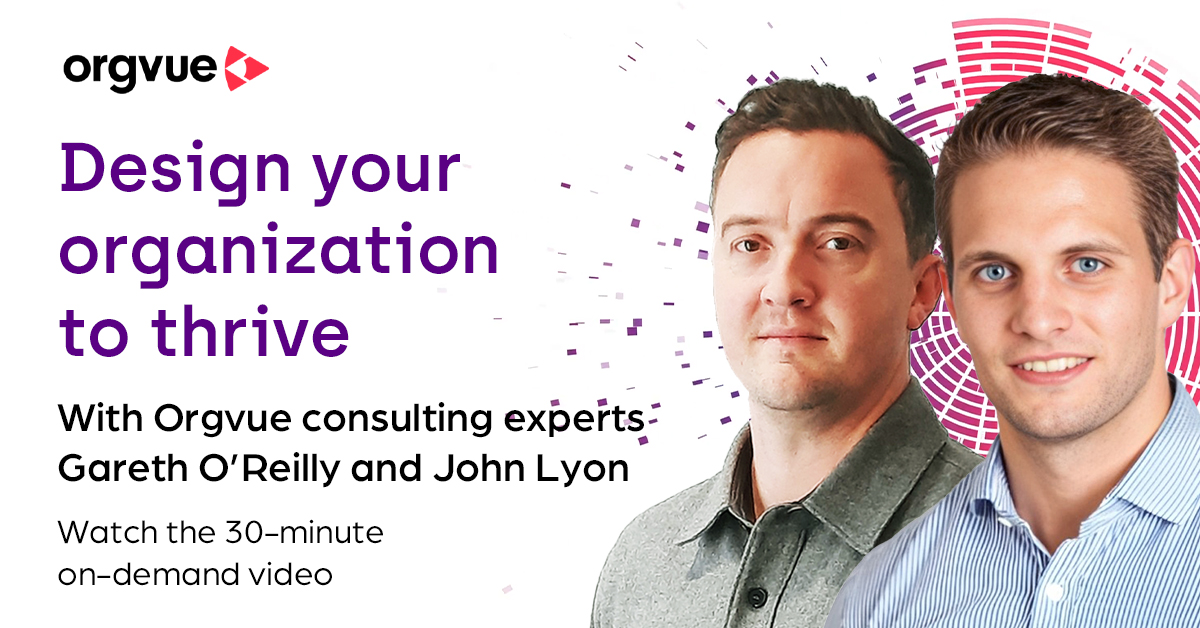
Frequently asked questions
Organization design is the process of arranging and shaping the different parts of a company so that it works effectively and achieves its goals. It involves deciding how jobs and responsibilities are organized, how people and teams communicate, and how the company’s structure fits its purpose.
Organization design refers to the strategic process of shaping and aligning an organization’s structure, roles, and processes to achieve its goals while considering its workforce’s needs and capabilities. It involves working closely with leadership, managers, and employees to create a framework that optimizes performance, promotes effective collaboration, and supports a positive work culture. In essence, organization design is the blueprint that guides how the company operates, and HR plays a crucial role in this process.
Organizational design principles are fundamental guidelines that inform the process of structuring an organization to achieve its goals effectively and efficiently. These principles serve as foundational concepts that guide decision-making and help shape the organization’s structure, roles, processes, and culture. While the specific principles may vary based on the organization’s industry, size, and objectives, some common organizational design principles include: Alignment with Strategy, Clear Roles and Responsibilities, Hierarchy and Span of Control, and Flexibility and Adaptability.
Implementing organization design effectively requires a strategic and thoughtful approach, encompassing various stages and considerations. Ensuring you have the right technology which will allow you to see your data and manage it with confidence is a crucial aspect of this process, especially for large organizations. The steps of organization design include:
1. Bringing in your data and ensuring you can trust it
2. Assess and analyse your organization, see your current state and identify gaps
3. Design your to-be organization, making sure you can see the impact of your changes and revert back if needed
4. Implement your plan, and make sure you’ve allocated the right tasks to the right stakeholders
5. Track and monitor your plan, and course-correct where needed
Book your free demo
Design your business of tomorrow, today. Discover what Orgvue can do for your organization first-hand.
